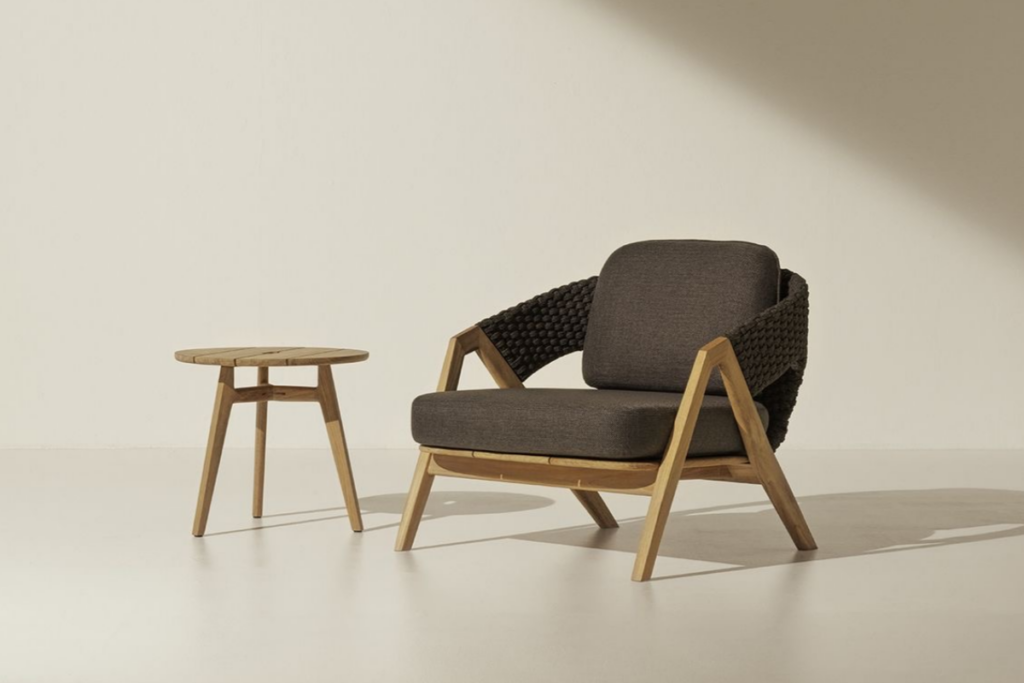Furniture nowadays, especially cheaper options like a $399 sofa, isn’t built to last a long time. David Koehler, who runs Johnny Janosik, a furniture retailer with stores in Delaware, Maryland, and Virginia, made a statement. He says that in the past 15 years, there has been a trend. People are moving toward making and buying furniture that’s meant to be replaced more frequently.
Trending Pattern in Buying Furniture
Most people are okay with this change because their attitudes toward furniture have shifted. They don’t expect their furniture to last as long and are okay with buying new pieces more often.
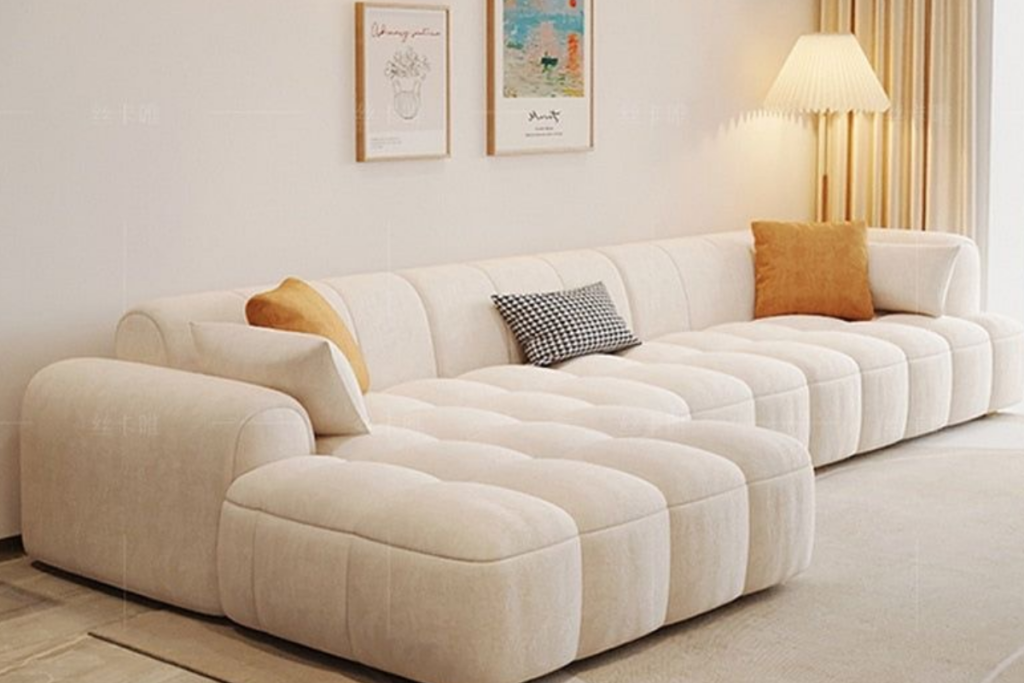
Source: Ethimo/Pinterest
“For most consumers, changing furniture often is okay. Attitudes have changed,” said Koehler, who is also a member of the Home Furnishings Association.
Attitude to Furniture
Young adults are less likely to be homeowners, and they move frequently. They usually have less money and are less inclined to spend a lot on furniture.
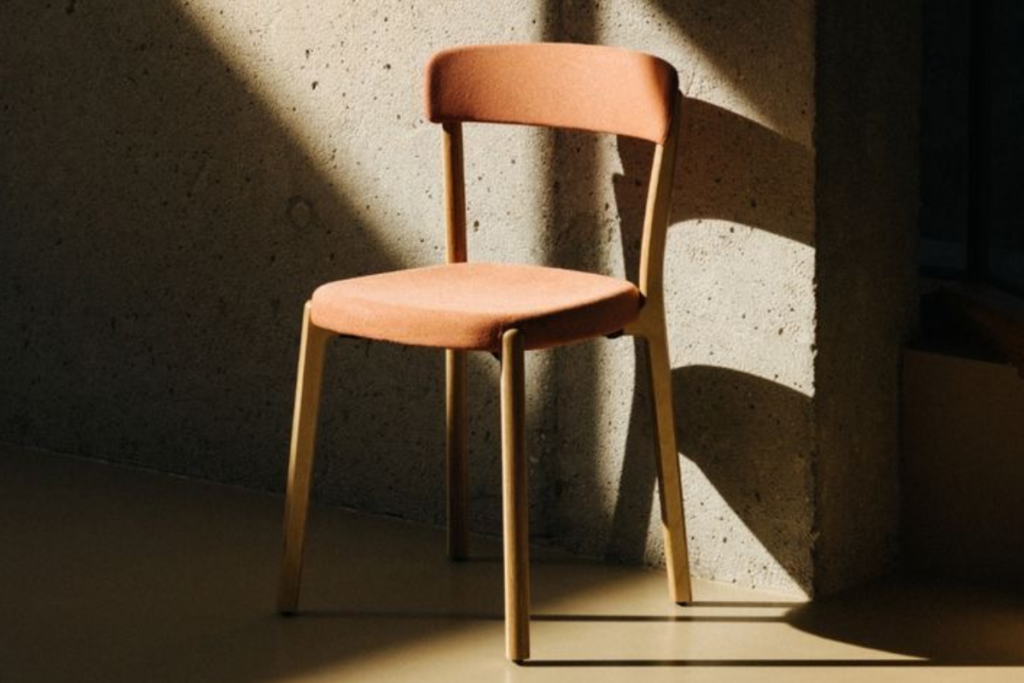
Source: Enea/Pinterest
However, according to Koehler, in the furniture industry, there is a saying that goes, “You get what you pay for.” This means that cheaper furniture often isn’t as good or durable as more expensive pieces.
A Reduction in Repairability
The changes that are being made to materials used in the furniture are reducing their ‘repairability.’

Experts say that the effort to make cheaper furniture over the past few decades has resulted in lower quality overall.
Source: Sabriye/Pinterest
CoCo Ree Lemery, a visiting professor at Purdue University, made a statement. He said that the rapid growth of the middle class after World War II made it easier for people to buy homes. This increased the demand for more affordable furniture.
Substitute Materials
“We started using plywood. From there, we started noticing a change in the quality of furniture. They started getting worse.” Lemery talked about the growing use of composite material made by gluing thin layers of wood veneer together.

Source: CoastalCreators/Pinterest
Medium-density fiberboard, or MDF, came next. It’s a type of engineered wood, just like particle board, which is made from recycled wood chips stuck together. To keep costs down, they also use synthetic foams and glues.

In each case, cheaper materials were used to make furniture. The use of these materials made the furniture less sturdy than the solid wood pieces older generations bought.
Source: MarcosHernandez/Pinterest
Nowadays, more furniture is sold in flat-packs. The advantage of these flat-packs is that they are easier and cheaper to transport. Sometimes, customers put the furniture together themselves, which helps save on labor costs.
Downsides
However, at every step, there are downsides. “The more the wood is broken into small pieces, the worse the quality gets, no doubt about it,” Lemery said.
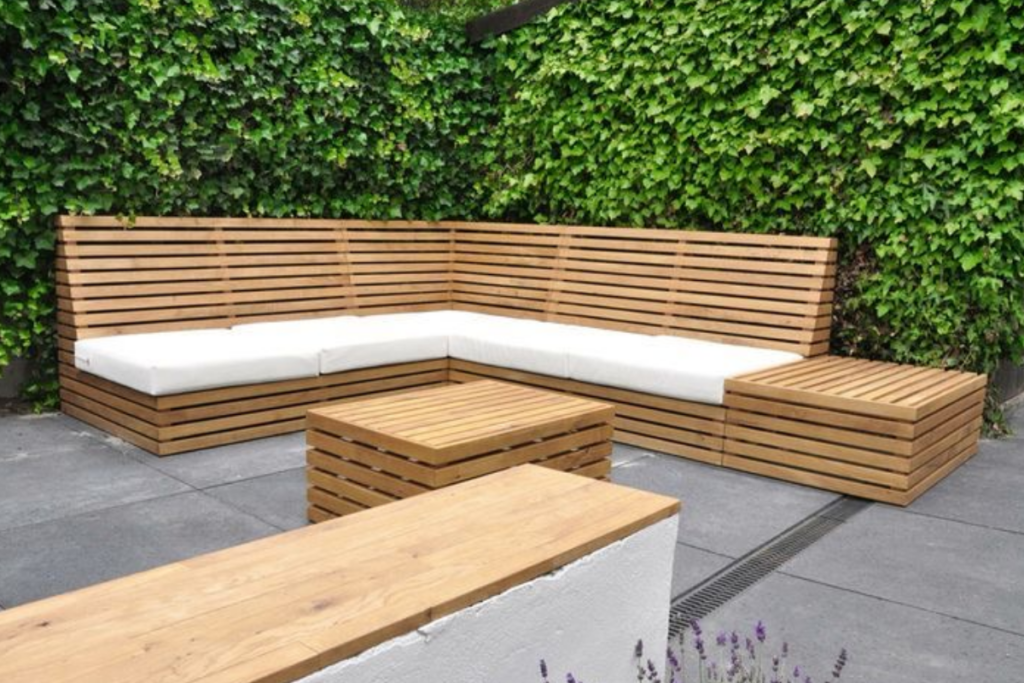
Source: Maru/Pinterest
What gets lost is the ability to repair it, she explained. Now, “when furniture reaches the end of its life, it’s just done for.” Even so, people still tend to choose cheaper woodwork. They don’t mind if it doesn’t last very long.
Aesthetics
“As more companies sell directly to customers, people are mostly buying furniture based on looks and what’s trendy,” Lemery said. “In that situation, it’s natural to go for the cheapest option.
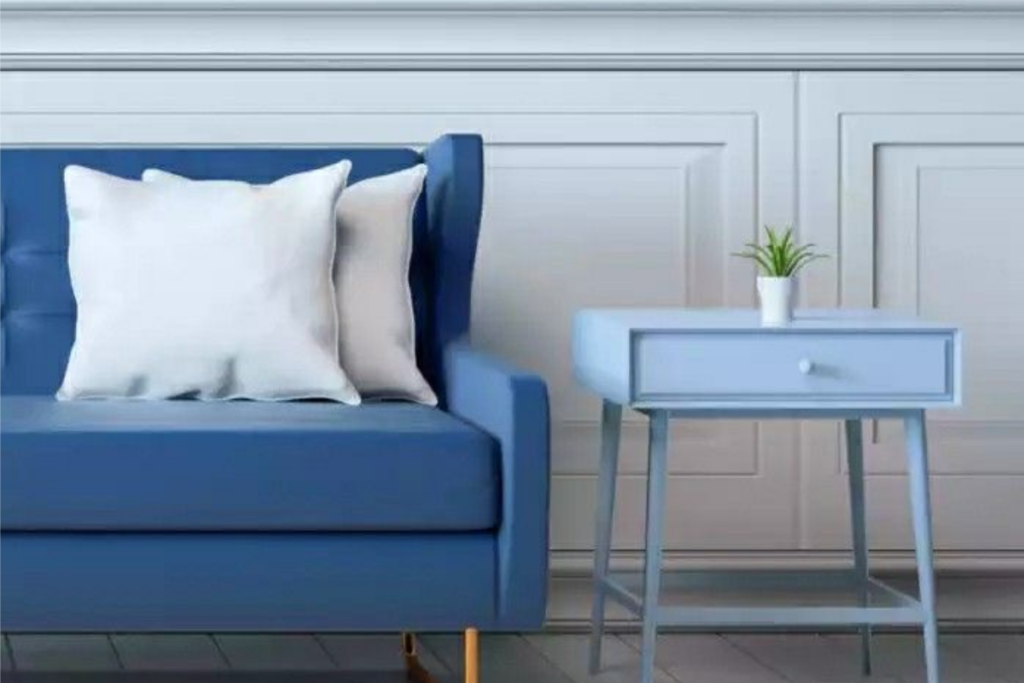
Source:SaharshSolanki/Pinterest
The furniture industry also faced supply chain problems because of the Covid-19 pandemic. The pandemic made prices go up since there was a lot of demand but not enough supply.
Furniture vs. Other Consumer Goods
Unlike cars, houses, and other consumer goods, furniture prices haven’t gone up as much over the years. “In the 1980s, you could buy a sofa for $399.”
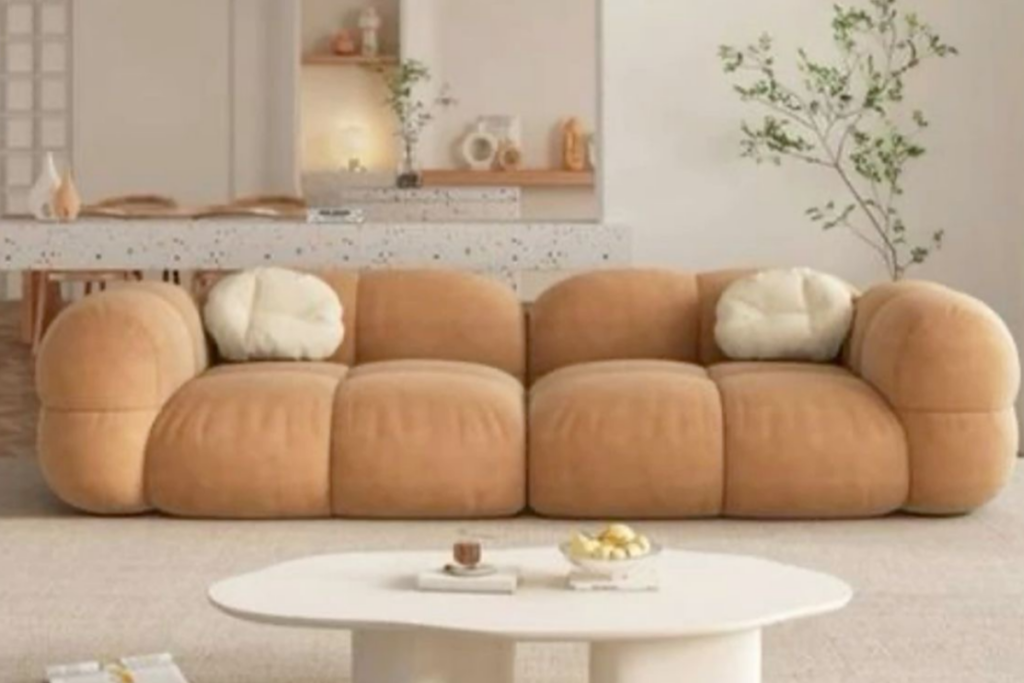
Source: Bibibarts/Pinterest
“You can probably still get a sofa for $399 today,” Koehler said. But spending more money on a piece of furniture doesn’t always mean it’s better quality, Koehler added.
How to Choose Quality Furniture
“You need to do your homework to find good stuff,” he said. “In our business, it’s important to see, feel, and touch the product so you know what you’re getting.” You can often tell by how it’s built, Koehler said.
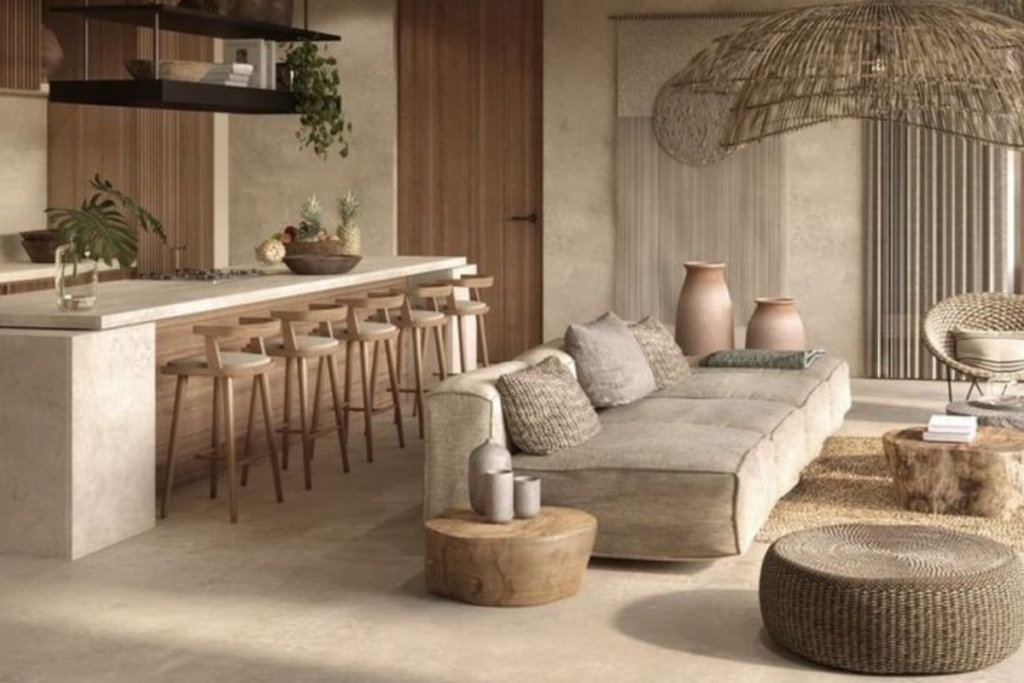
Source: A/Pinterest
For instance, open a dresser and look for dovetail joints, where the wood pieces interlock like puzzle pieces. This is better than drawers that are just glued or stapled together.
Buying New Furniture?
You can also read the description to see if it’s made from solid wood or something else. Maybe a particle board with a wood-looking layer on top.
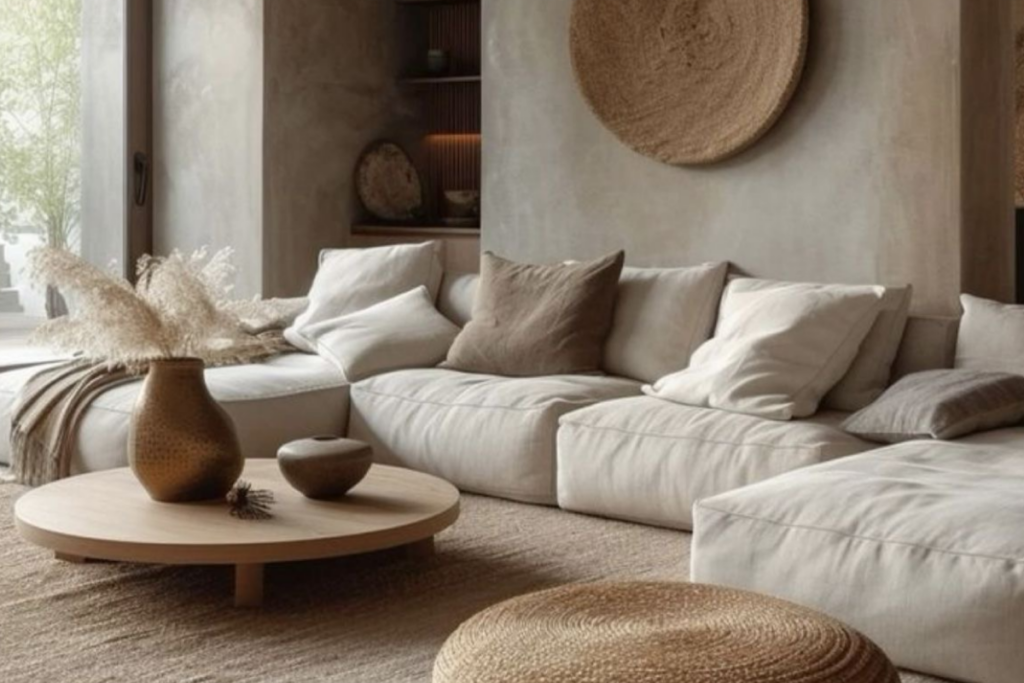
Source: GiselleFerreira/Pinterest
When buying new cabinetwork, make sure you’re getting a good deal and try to save up for it ahead of time. This advice was given by certified financial planner Carolyn McClanahan, founder of Life Planning Partners in Jacksonville, Florida.
Buying Furniture: Do’s and Don’ts
McClanahan further said, “If you need to spread out the cost of a big, expensive piece, do this.” “Look for a no-interest financing deal from a store or manufacturer that you’re sure you can pay off on time.
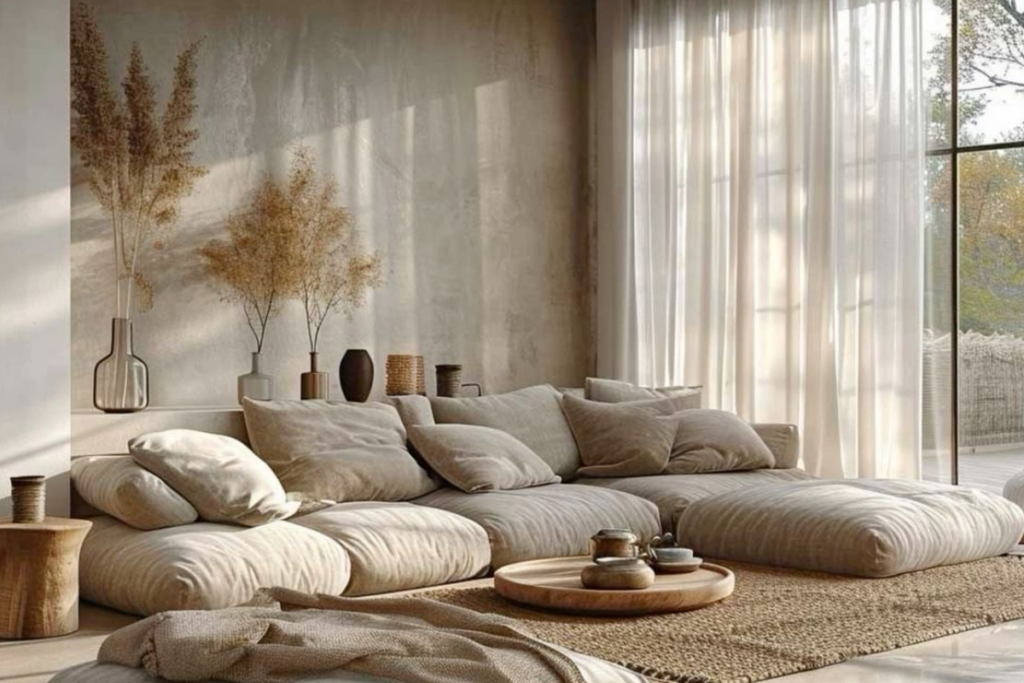
Source: Caro’sDesigns/Pinterest
“They might offer you a year without interest. Just make sure you can pay it off within that year. This is because if you don’t, the interest rates will be really, really high,” said McClanahan.
How to Finance a Furniture Purchase
Buy Now, Pay Later: Just like when you buy a new household appliance, a Buy Now, Pay Later (BNPL) program lets you split costs. You can split the cost of an expensive piece into monthly payments.

Source: P.Sherman/Pinterest
Be careful, though, because if you have more than one BNPL at the same time, you could end up spending more than you have. Sara Rathner, a credit card expert at NerdWallet, mentioned
Furniture Financing Options
Furniture stores often offer big discounts on some products during seasonal sales, Rathner said.
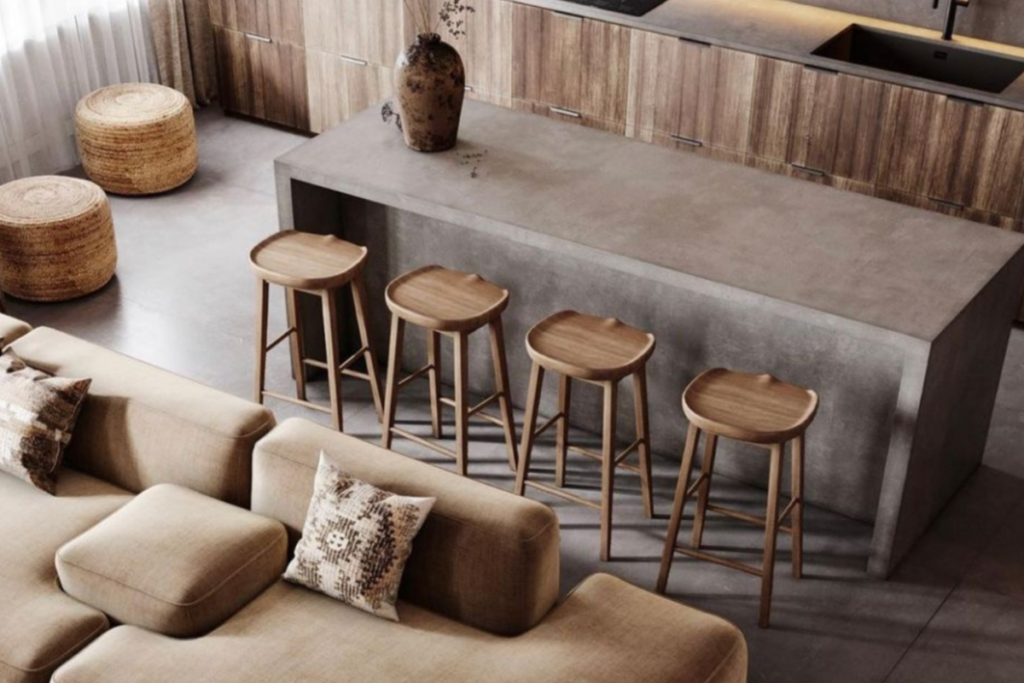
Source: Katty/Pinterest
Most of the time, these sales may provide payment plans like layaway or store credit cards with no interest for a while. Just make sure you can pay off what you owe before the deal runs out. If not, you will end up paying extra fees.
Loans
There are two main types of loans: personal loans and secured loans. To get a personal loan, you typically need to have decent credit. Unlike personal loans, secured loans require you to put up something valuable, like a car, as collateral. This means if you don’t pay back the loan, the bank can take your collateral. If the collateral is your car, they could repossess it.
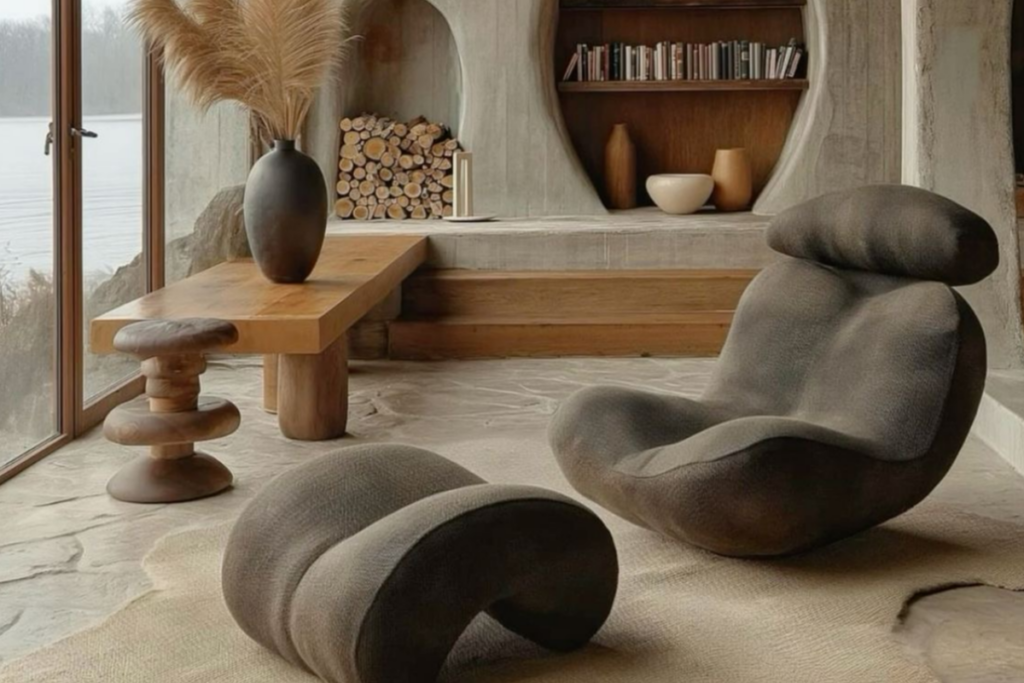
Source: Haute&Spicy/Pinterest
Personal loans don’t require collateral, so they can’t take your stuff if you don’t pay. However, they usually have higher interest rates compared to secured loans because the bank has less risk.

